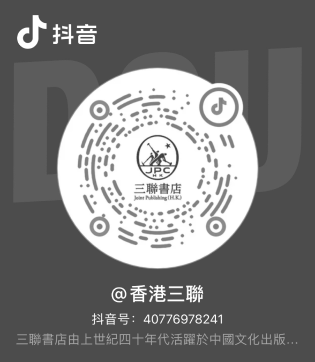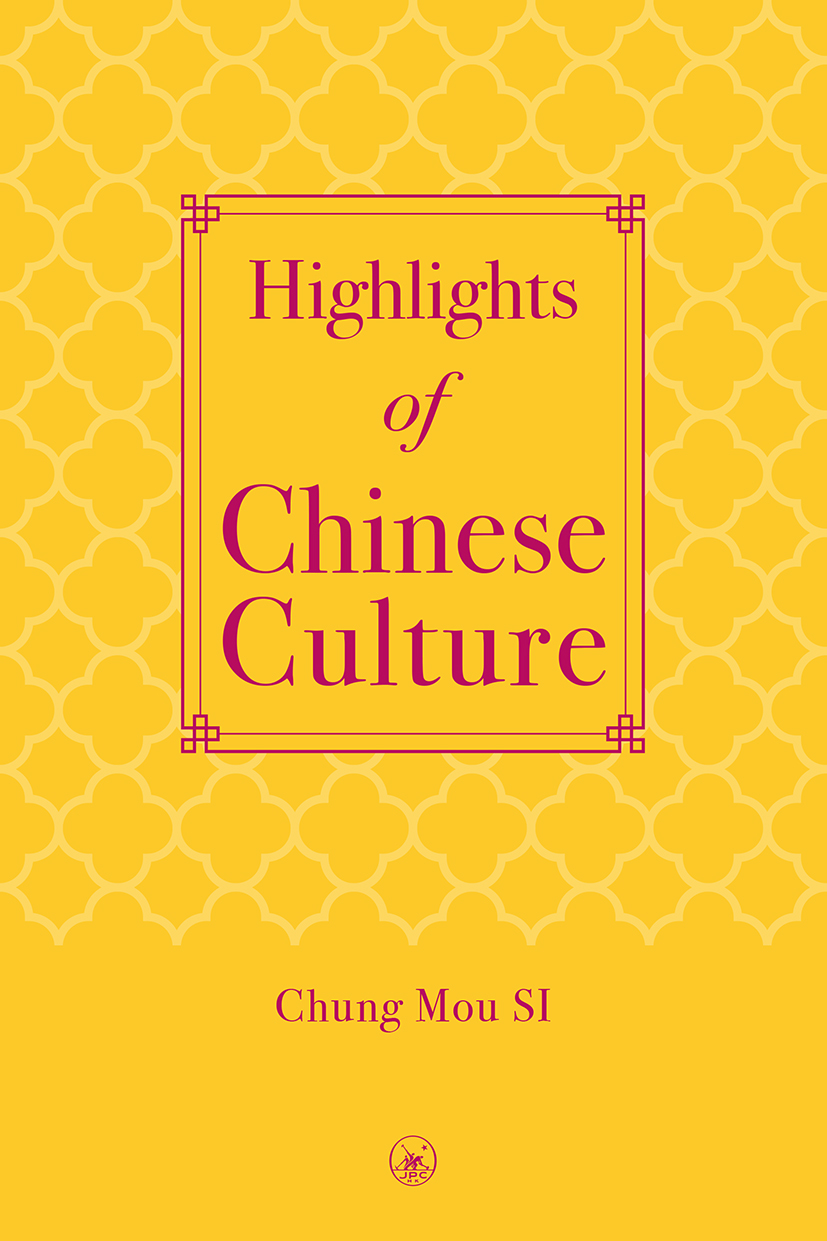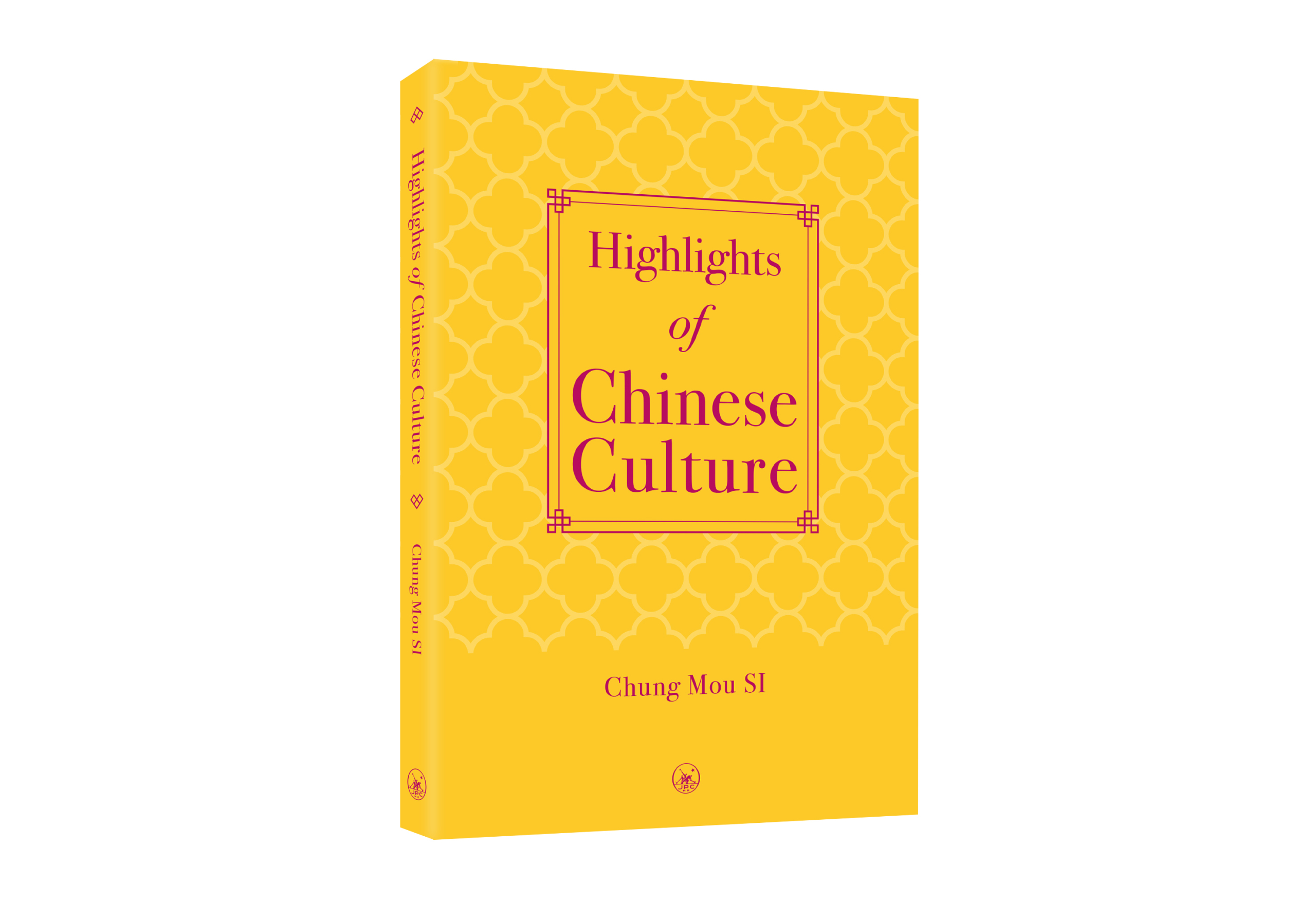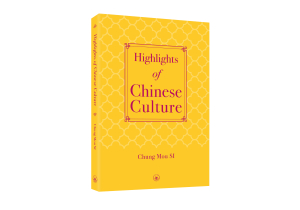Highlights of Chinese Culture
簡介
An illustrated volume of 56 succinct essays grouped within 8 chapters, to cover the core myths, festivals, historical sights, food and sports, arts and crafts, language and literature, philosophy and international connections. These iconic stories, localities and cultural practices stretch back thousands of years and have emerged from amidst myriad other possible competitors as the foundational cultural grammar of twenty-first century China. The book will be invaluable not only to all students of Chinese culture but also to the educated observer of world cultures. In understanding the foundational principles underlying Chinese culture, readers will be able to make far better sense of the uniqueness of the twenty-first century China that they see before them.
目錄
Contents
Foreword 001
Chapter 1
Myths and Legends
- How the World Was Created 004
- The Dog from the Sky 008
- Shooting down the Sun 011
- The Old Man under the Moon 014
- Zhaojun, the Peace Ambassador 017
- The Brotherhood of Liu-Guan-Zhang 020
- Joining the Army for Her Father –– Mulan 023
- The Butterfly Lovers 025
- The White Lady 028
Chapter 2
Festivals and Folklore
- The Spring and Yuanxiao Festivals 032
- The Qingming and Hanshi Festivals 036
- The Dragon Boat Festival 039
- The Qixi Festival 042
- The Mid-Autumn Festival 045
- The 24 Solar Terms and the Chinese Calendar 048
- The Interesting Story of the 12 Zodiac Animals 052
- Yin-Yang and the Five Elements 055
Chapter 3
Scenic Spots and Historic Sites
- The Yellow River 060
- The Yangtze River 062
- The East and West Mountains 065
- The Yellow Mountain 068
- The West Lake and Tai Hu 071
- The Great Wall 075
- The Forbidden City 078
- The Ming Tombs 081
- The Capital of the Ten Dynasties –– Xi’an 083
- The Qin Terracotta Warriors 086
Chapter 4
Food and Sports
- The Wide Variety of Chinese Cuisine 090
- Table Manners and Dining in China 094
- Wine Culture 098
- Tea Culture 102
- Martial Arts and Sports 106
Chapter 5
Arts and Crafts
- Chinese Pottery and Porcelain 112
- Precious Stones of China 116
- Needlework and Paper-cuts 119
- The Four Treasures of a Study 123
- Chinese Paintings 126
- Architectural Beauty 129
Chapter 6
Language and Literature
- National Language and Local Dialects 134
- Fascinating Chinese Characters 137
- The Three Great Poets –– Li, Du and Su 141
- Romance of the Three Kingdoms and All Men Are Brothers 145
- Journey to the West and Dream of the Red Chamber 148
Chapter 7
Thought and Enlightenment
- The Contention of a Hundred Schools of Thought 154
- Confucius, the First Private Teacher 157
- Talent Recruitment Systems 161
- Filial Piety and Marriage 164
- Taoism and the Harmony with Nature 168
- Buddhism and the Truth of Life 171
Chapter 8
China and the World
- Fifty-six Ethnic Groups as a Nation 176
- China’s Expansion and Its Interactions with the West 180
- Prosperity and the Spread of Buddhism 183
- Communication between China and the World 186
- The Four Great Inventions 190
- Other Scientific and Medical Breakthroughs 193
- New Culture Movement 197
Appendix
A Brief Chronology of Chinese History 201
Photo Credits 203
序
Foreword
Xian zuo ting songfeng ( 閒坐聽松風 ).
“Shun, shun” describes a whistling sound that can only be heard in extremely quiet environments. The sound is also known as songfeng (meaning: the wind soughing through pine trees), and it is very similar to the sound when the water in the tea kettle boils. Since the sound is very soft, it is generally believed that only people with calm and peaceful mind would be able to hear that. “Xian zuo ting songfeng” (meaning: sitting peacefully to listen to the wind soughing through pine trees) thus implies the manner when having tea as part of the Chinese tea culture.
Whether or not one has heard of the above, tea culture should not be anything strange to Chinese people or anyone who had ever dined in traditional Chinese restaurants. Similarly, you may have heard of “brotherhood of Liu-Guan-Zhang”, “Qin Terracotta Warriors”, “filial piety”, “the immortal poet, Li Bai” …, but the stories behind these topics may not be something we can easily tell in details, not to mention others that we may not even know, such as, how the Hanshi festival is related to the Qingming festival, why pig is the last member of the 12 zodiac animals, why chopsticks got its name changed, why the Chinese counterpart of Cupid is known as Yue Lao (Literal meaning: the Old Man under the Moon) and so on.
Professor SI Chung Mou, currently a professor in the Department of Chinese Language Studies of the Education University of Hong Kong (EdUHK) and previously served as the Director of Chinese Language Centre and the Head of School of Chinese at The University of Hong Kong (HKU), is a renowned expert in Chinese linguistics, Chinese education and Chinese culture. With his passion in research of these aspects, Professor SI has published books regarding a wide range of topics including the Chinese language, comparative studies of the Chinese dialects, the Chinese classics, and the Chinese culture.
In this book, Professor SI summarizes different aspects of the Chinese culture, from the fascinating stories behind the myths, legends, and festivals; introduction of the famous historic sites popular among worldwide tourists; the culture of food, sports, and arts; to the language and thoughts of the Chinese people, where the book ends with descriptions about how China connects to the world.
Today, Chinese language is the language with the most native speakers in the world and becomes one of the most popular languages to be learnt as a second language worldwide. This book will be an enjoyable piece for language learners to better understand the culture behind and for native speakers to discover more about their own Huaxia culture.
Professor Loh, Elizabeth K. Y.
Assistant Dean (Knowledge Exchange)
Assistant Professor
Academic Unit of Language and Literacy Education
The University of Hong Kong




